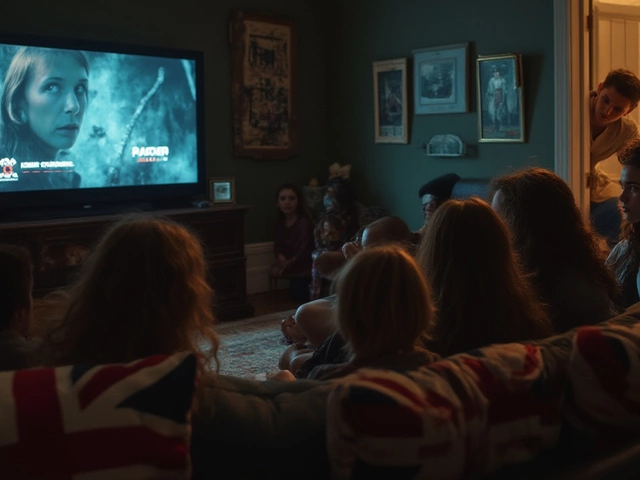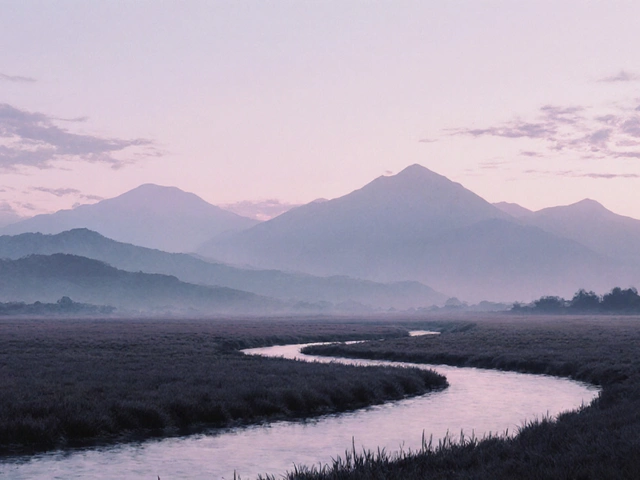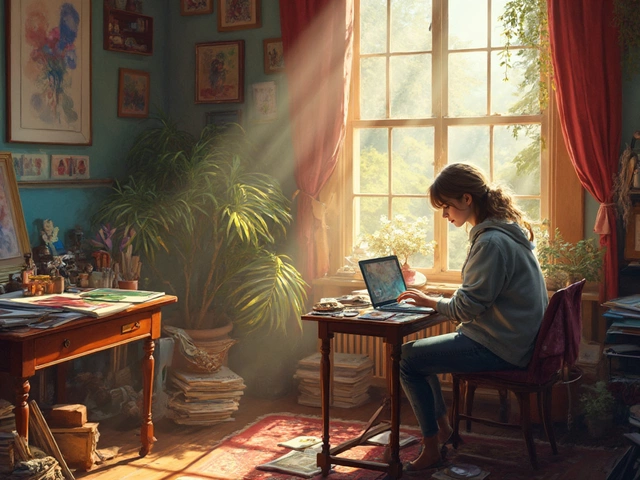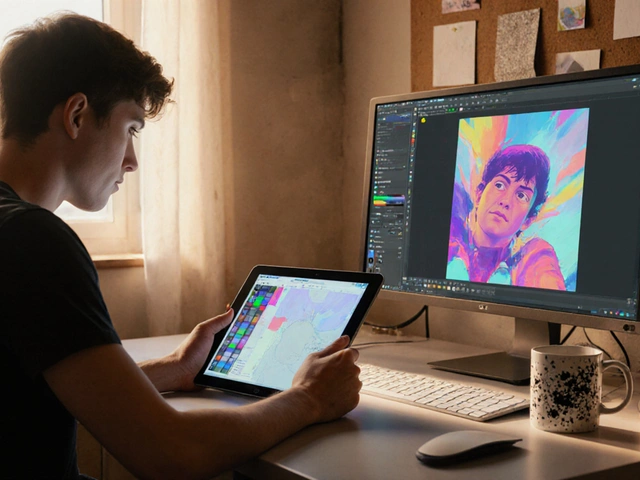Chiaroscuro: Mastering Light and Shadow in Art
When working with chiaroscuro, a technique that uses strong contrasts between light and dark to give the illusion of volume. Also known as light‑and‑shade, it helps artists model three‑dimensional forms on a flat surface. This method chiaroscuro encompasses the use of light, the source that defines the brightest areas of a scene and shadow, the darker zones that create depth. The dance between these two forces requires a keen eye for tonal contrast, the range of values from pure white to deepest black, something that artists from the Renaissance to today still chase.
Why chiaroscuro still matters
Think of the dramatic candlelit scenes in a Baroque church. Those works aren't just pretty; they're built on the principles of Baroque painting, a style that favored emotional intensity and strong chiaroscuro to pull viewers into the story. By studying Caravaggio or Rembrandt, you see how mastering light‑and‑shadow can turn a simple portrait into a narrative moment. In practice, the technique influences composition, color choice, and even the mood of a piece. If you want to add drama without relying on bright colors, learning to control tonal contrast is the shortcut.
Modern creators have taken the same idea into the digital realm. Today’s digital shading, the use of software brushes and layers to simulate light and shadow in virtual art lets you experiment with lighting setups that would be impossible in a studio. Whether you’re rendering a game character or a concept sketch, the rules stay the same: define a light source, map the shadows, and blend the mid‑tones. Digital tools even give you the ability to see the effect in real time, which speeds up the learning curve.
Photographers also lean on chiaroscuro, especially when shooting in low‑light environments. By positioning a single light and letting the shadows fall naturally, they create images that feel three‑dimensional and moody. The same principle can be applied to landscape photography, a topic that pops up in several of our posts. When a photographer uses strong tonal contrast, the scene gains depth and the viewer’s eye is guided through the frame.
For beginners, the biggest hurdle is learning how to read value. Start by sketching a simple sphere under a single light source. Shade the areas that receive direct light, block out the core shadow, and blend the transition. That exercise mirrors what you’ll see in the “How to Start an Oil Painting” guide and the “Abstract Art Rules” article, where value control is the foundation of any style.
Advanced artists often blend chiaroscuro with other techniques. Imagine combining the dramatic lighting of Baroque with the loose brushwork of modern abstract pieces. The result can be a striking hybrid that feels both classic and fresh—a trend we notice in the “Modern Art Principles Explained” post. When you pair tonal contrast with unconventional color palettes, you get a visual tension that keeps the audience engaged.
Across the collection below you’ll find tips for using chiaroscuro in digital art, guidance on applying it to portrait and landscape painting, and even insights into how it shapes photography and sculpture. Whether you’re tracking the evolution of light‑and‑shadow from Renaissance masters to AI‑generated art, the articles ahead give you concrete steps, real‑world examples, and a clear roadmap to bring more depth into your own creations.
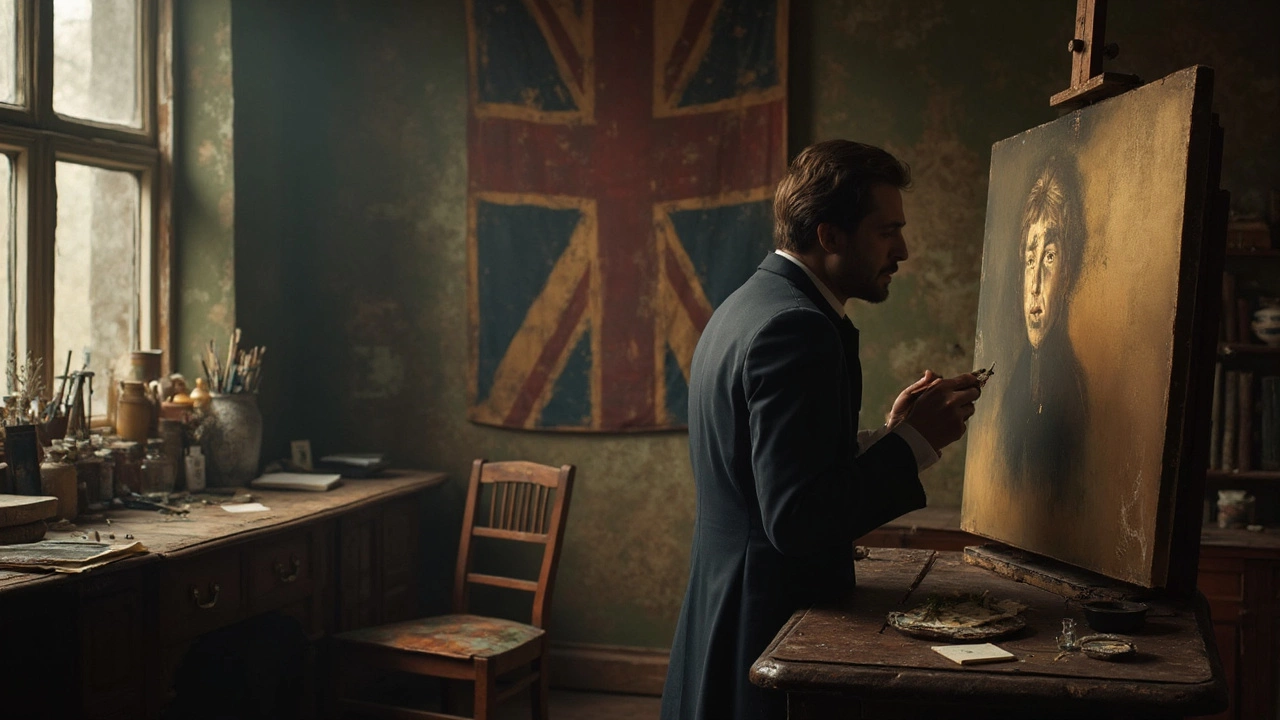
The Goya technique is a unique way of using oil paints to create dramatic effects, inspired by Spanish artist Francisco Goya. It mixes bold, dark underpaintings with sharp contrasts and glazes to bring scenes to life. This method helps painters master shadow, light, and subtle color layering. Modern artists still use the Goya approach to add depth and emotion. Learn how to start using this technique, step by step, for bolder results in your work.
